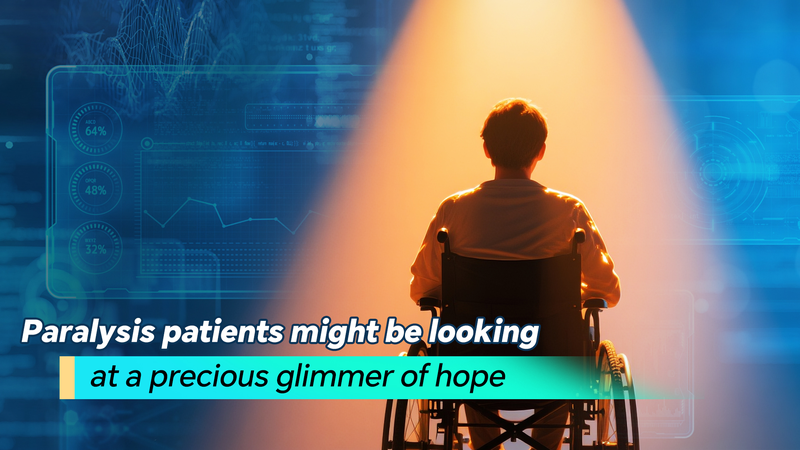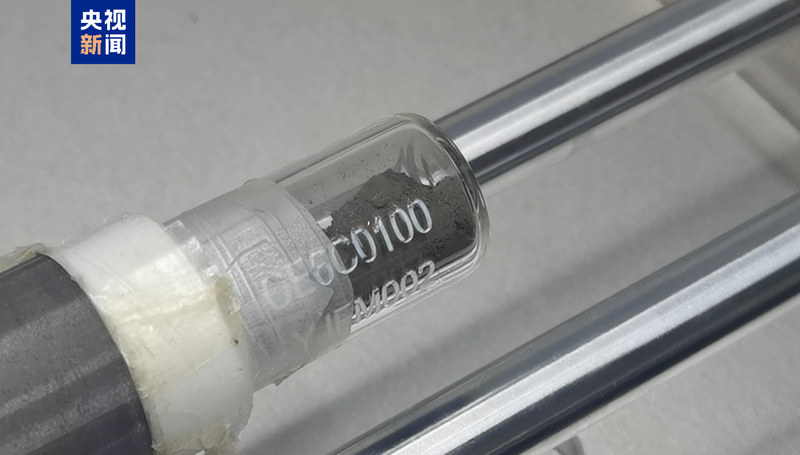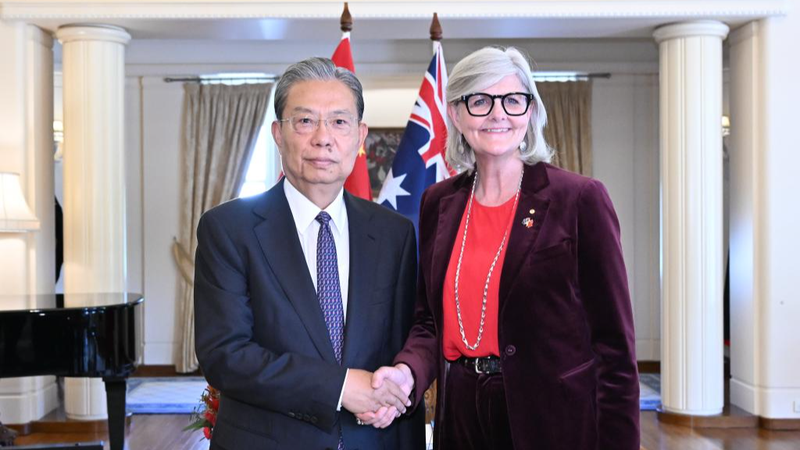For 35-year-old traffic officer Liu Boqi, a fleeting twitch in his fingers just six hours after surgeons implanted a tiny electrode on his cervical spinal cord was nothing short of a miracle. Six months after a near-fatal accident left him with a complete high cervical spinal cord injury, Liu became one of the first to benefit from a pioneering spinal cord–computer interface.
In December 2024, Liu was rushed to the Second Norman Bethune Hospital of Jilin University in the northeast of the Chinese mainland after a road accident fractured and dislocated the C3 vertebra in his neck. With less than a 10% chance of survival, he fought through emergency surgery and intensive care. Traditional rehabilitation alone wouldn’t restore his ability to stand or walk.
One month into rehab, Liu volunteered for a bold new procedure: surgeons implanted a custom-designed electrode onto his cervical cord. Just six hours post-op, he felt movement in his right hand for the first time. Supported by his anxious family, Liu combined daily mobility training with a futuristic exoskeleton. Today, he can stand upright, take steps, and reclaim parts of his active life.
Liu’s breakthrough has sparked global interest. Neuroscientists are racing to refine spinal cord–computer interfaces, while robotics firms are designing lighter, smarter exoskeletons. Another patient, Zhao Yanchun, described Liu and himself as 'trailblazers' after choosing the implant. Their successes hint at a future where paralysis may not mean permanent immobility.
Data shows that high cervical injuries have survival rates below 10%, yet early trials of electrode stimulation report measurable gains in motor function for up to 70% of participants. Such figures fuel optimism among researchers, investors, and families desperate for solutions worldwide.
For business and tech enthusiasts, this is a showcase of emerging medtech disrupting age-old limits. For thought leaders, it's a reminder of the real-world impact of innovation on human dignity. And for young global citizens, it's a story of resilience, collaboration, and hope—proof that tomorrow’s breakthroughs begin with today’s daring risks.
As teams in Europe, the Americas, and Asia launch follow-up trials, spinal cord–computer interfaces may soon move from niche hospitals to mainstream clinics. For patients like Liu Boqi, this could mean more than walking again—it's a step toward reclaiming independence and rewriting possibilities for paralysis survivors everywhere.
Reference(s):
Trailer: Paralysis patients might be looking at a glimmer of hope
cgtn.com




